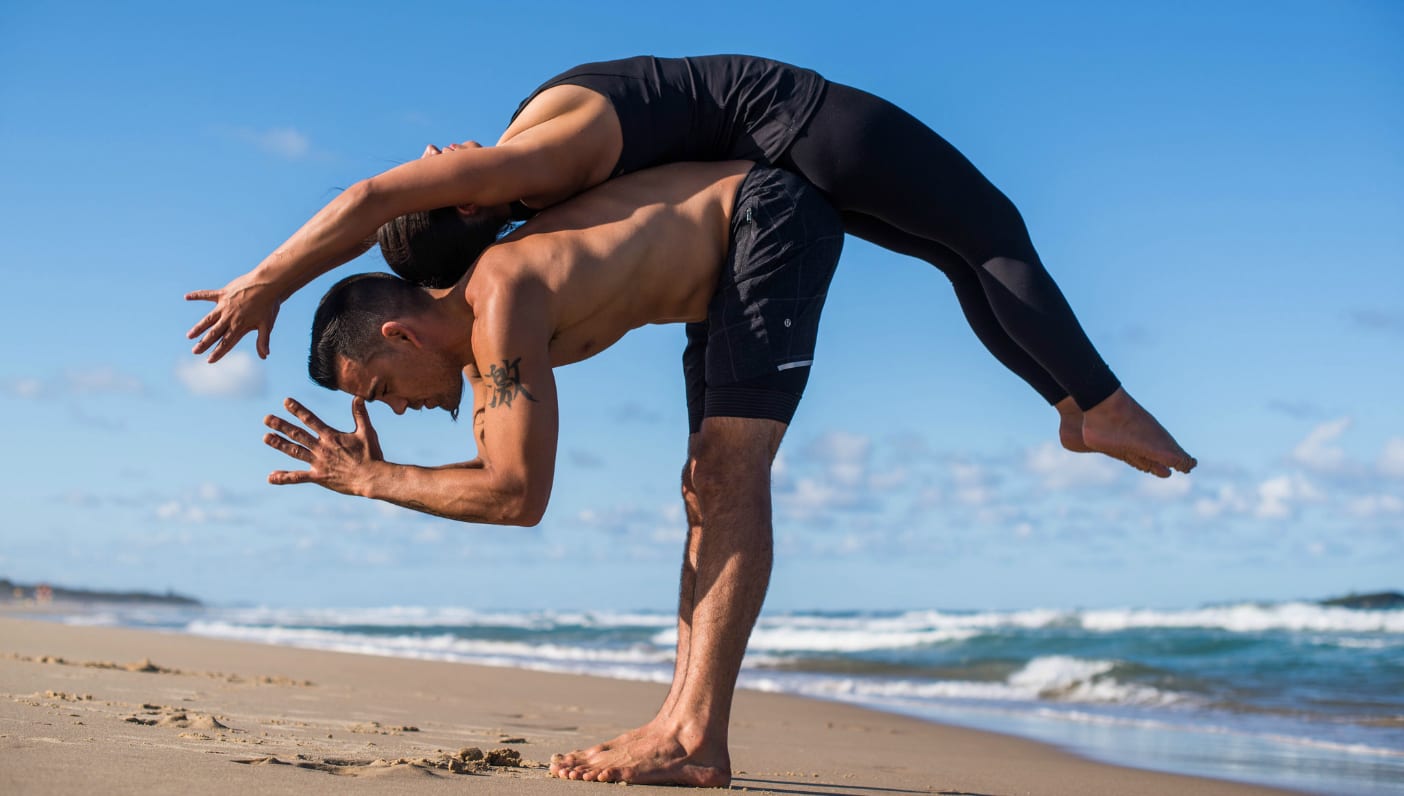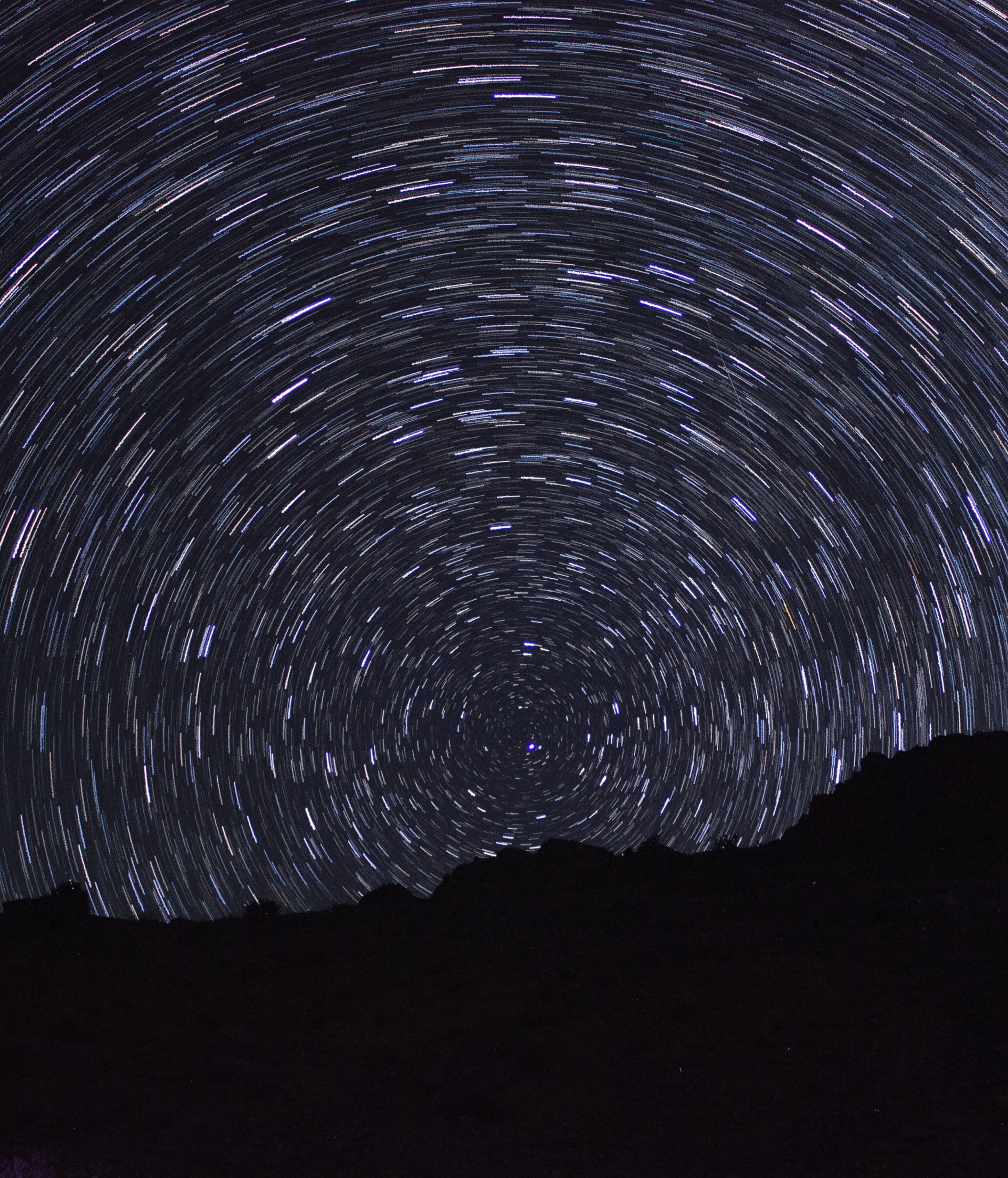
Gina Caputo is a force of nature. The self-proclaimed “Yogini on the Loose” offers a teaching style that incorporates alignment and flow, anatomy and energetics, science and philosophy, engagement and relaxation, outer and inner, focus and release, structure and spontaneity, and work and play. She calls the style Integrated Vinyasa™.
A Wanderlust Festival favorite, we can’t wait to practice with Gina at Wellspring this October. Her holistic technique to practice is fitting for our first-ever conference that explores what wellness looks like across personal, social, and global approaches. To get ready and to learn more about her innovative style—and why, in her expert opinion, integration matters—we reached out to Gina to learn more. She answered our questions via email from a Barcelona-bound plane. (She’s not kidding around when she calls herself the “yogini on the loose”!)
Click here for more information about Wellspring, where you can practice with Gina in person!
Wanderlust (WL): We talk a lot about “integration” in the yoga world. What do you mean by it, and why does it matter?
Gina Caputo (GC): Integration, integrated and integrative, in the context of the yoga world these days implies there’s a union or yoking together of two polarities to achieve balance. For example, I call the yoga I teach Integrated Vinyasa™ Yoga because I intentionally strive to balance aspects like form and freedom, gross anatomy and energy, history and modern life, work and play.
WL: I’ve personally found that I deepen my understanding of the physical practice when I’m tuned into the energetic. How has one influenced the other in your practice? In your life off the mat?
GC: When I first learned the pancha koshas, or five layers of consciousness, I realized that without the energetic, there is no form; that the physical body can’t do anything without energy or a current to animate it. And once any living thing loses its energy, it begins to lose its form and decompose. So the physical practice can’t happen without the energetics that make it possible.
With that understanding, it seems impossible to practice at all without acknowledging both the gross and the subtle aspects of our selves. Whether someone feels resonance with the Tantric map of the energetic body (nadis, chakras, marma) or a Western perspective on the energy that animates us. My life off the mat has been enriched in every imaginable way after becoming clearly aware of my energetic self. In awakening a much subtler awareness of my internal landscape, I make more intentional choices from how I nourish myself to environmental stewardship to the work I do to relationships.
WL: Can yoga be playful? Isn’t it a serious practice? Does having fun preclude the ability for it to be something that deepens the seriousness of the work?
GC: I believe our yoga practices on the cushion or the mat should reflect the full spectrum of our lives. To that point, should our lives be entirely serious or should they include playfulness?! I believe where playfulness becomes a distraction in practice is either when it is contrived, plays a part in spiritual bypassing is gimmicky or is to achieve notoriety of some kind. I think our approach to this work needn’t be serious, but should always be sincere. If focus, discipline and awareness are a struggle, perhaps balancing the “looseness” of your attention with more structured practice would make sense. But that doesn’t necessarily mean “serious”—to me it’s more a matter of acknowledging where you are on any given day and practicing in a way that restores balance. And sometimes, that means being playful and light and sincere in our efforts.
WL: Why is curiosity important? How can we become our own teacher?
GC: I’ve come to believe that curiosity is the most important quality a person can have! To me it implies an openness, a willingness to both acknowledge what we don’t know yet and explore it. Curiosity can feed our compassion, our patience, our respect and our empathy. With curiosity, we never get complacent around learning and growing as human beings.
Being your own teacher (recognizing that the Self is the Guru) requires a deep dive into your own consciousness and an enthusiastic curiosity about who we really are. This also includes revealing our regressive patterns and blind spots, which isn’t always easy! But these full-spectrum revelations teach us about ourselves and each other and our inseparability. When we commit to this level of awareness, we see the world differently, we live differently. So far, Vipassana meditation and an asana practice that emphasizes proprioceptive and interoceptive awareness have had the greatest impact on my ability to learn from my Self.

WL: As yoga continues to be popularized in the West, the perception of a yogi as an ascetic has faded. What are some of the traditions of asceticism that can be applied in a modern world or a modern practice?
GC: Asceticism is a practice of aparigraha, or voluntary simplicity. Ascetics have chosen to reduce their lifestyles to be as simple as possible to harness their life force for spiritual pursuits. They live more in harmony with nature and make the most out of the resources available to them. While many modern practitioners would find such austere living either impractical or impossible, we could certainly embrace the practice of langhana or reducing—reducing stimulation, busy-ness, eating, environmental impact, talking, etc. All of the things that make our lives more complex are part of an attachment to accumulation of wealth and goods and that simply fill empty space.
WL: Once we get deeper into a mindfulness practice, the lines between energetic and physical, subtle and gross—even internal and external—begin to blur. How does bringing the different facets of our life together serve to empower us?
GC: The blurring of lines is really the beginning of recognizing that there are no lines! No separation. Your body-mind-spirit complex is inextricably connected. What happens in one, happens in all. And the same is true for the world we live in! No thought, word or action goes unnoticed in the world, all of it has an impact on everything else, sometimes quite profoundly, sometimes quite subtly. The illusion of lines is precisely what divides us from nature, each other and TRUTH.
Practice with Gina at Wellspring!
